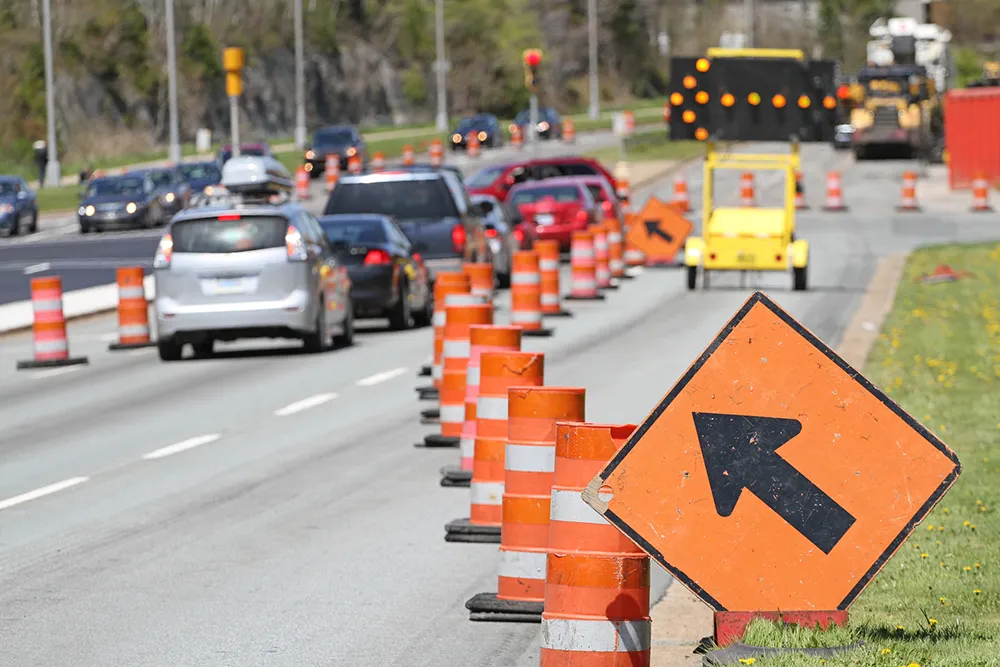
Mobilitics, a free web-based online application, is based on long-range transportation planning and travel demand forecasting to provide comprehensive scenario planning capabilities.
How will roadway design standards accommodate connected vehicles and automated vehicles? Will there still be
a need for parking? How will – and importantly, when will – connected vehicles affect congestion and travel time reliability?
Mobilitics can help find answers to these major questions by testing multiple scenarios to highlight risks and opportunities for transportation authorities. It allows decision makers to see in real-time, the impacts of decisions related to technology adoption rates, policies, business models, pricing strategies and market-based considerations.
Mobilitics provides sample analytical calculations for 50 large metropolitan regions around the US. This site provides a starting point to inform transportation authorities of the changes they will face and the implications of these changes. In this way, AECOM says that it is helping decision-makers move with confidence.
Booth 411









